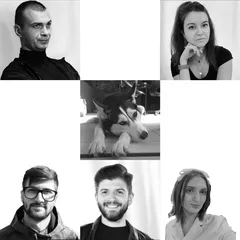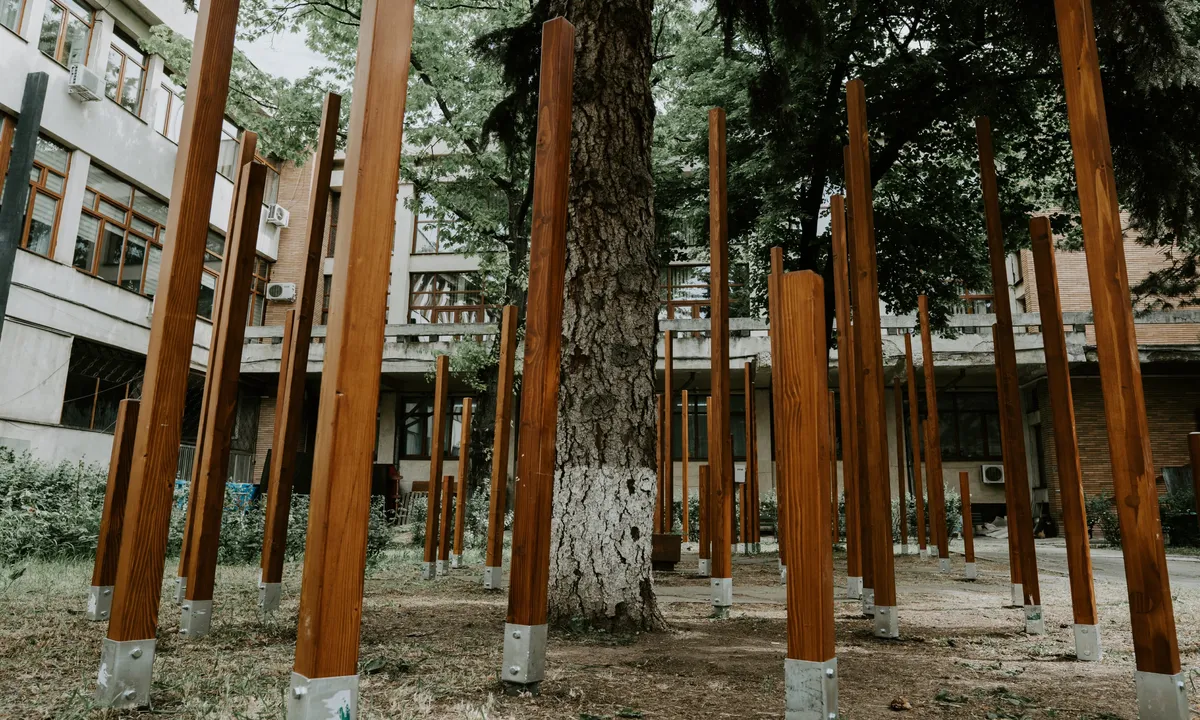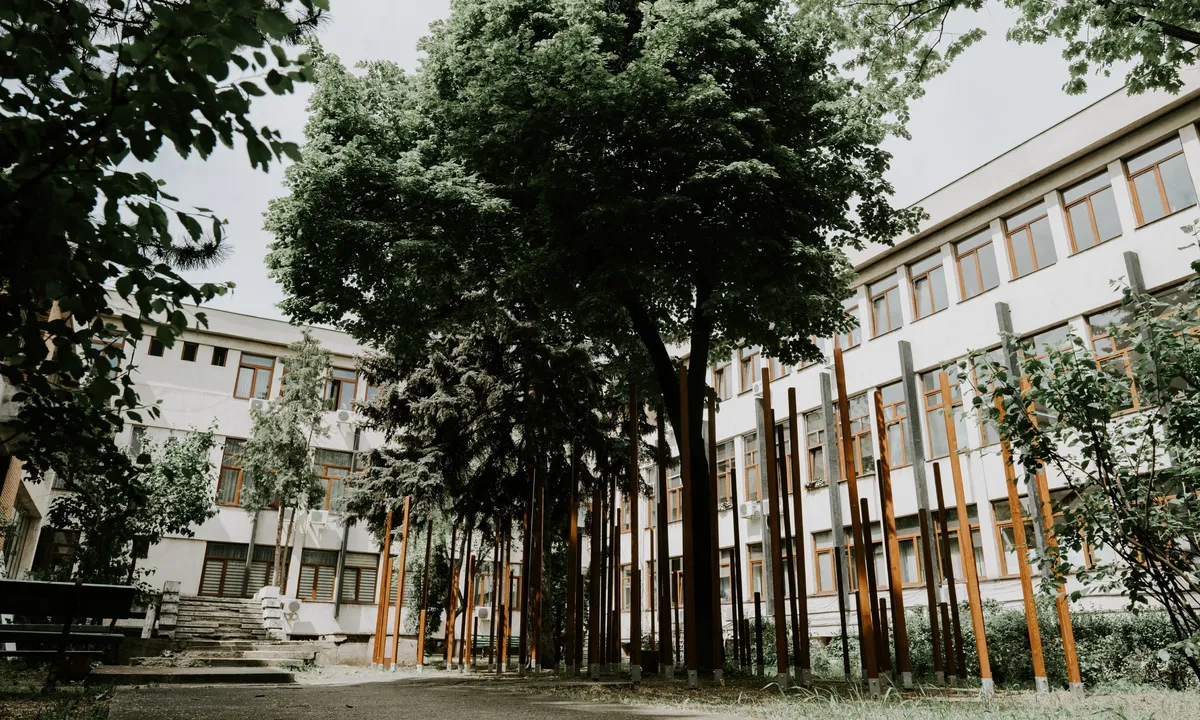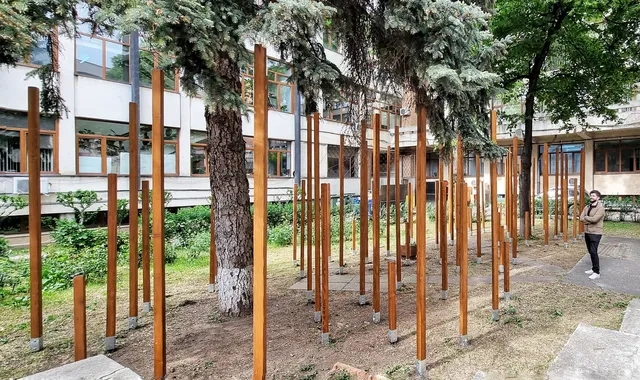
1/8

2/8

3/8

4/8

5/8

6/8

7/8

8/8

Author(s) / Team representatives
Sabrina ENE-BUTNARIU
Profession
architect
Collective/office
TECTO arhitectura
Co-authors/team members
Sergiu-Cătălin PETREA, Dan-Alexandru ROȘU, Ovidiu BĂLĂȘOIU, Andrada ROGOJINARU
External collaborators
Bianca-Andreea TUDORAN, Beatrice-Maria BOGHEAN, Delia-Adriana VLĂSCEANU, ing. Sebastian Maxineasa, Dimmer Home
Project location
Iași, Romania
Budget in euros
1500 euro
Area
150mp
Project start date
May 2023
Project completion date
May 2023
Client
OAR Iași
Builder
TECTO arhitectura, ing. Sebastian Maxineasa
Photo credits
TECTO arhitectura, Brand Recorder



